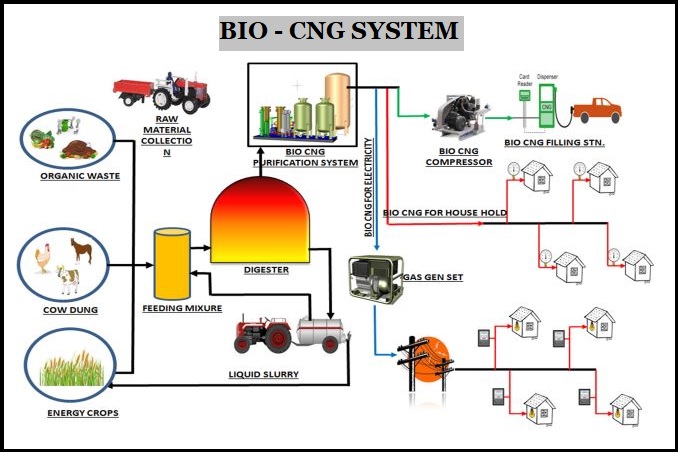7667766266
enquiry@shankarias.in
Bio-CNG has been on the Government agenda since 2018, but the challenges faced by this technology remains unaddressed.

References